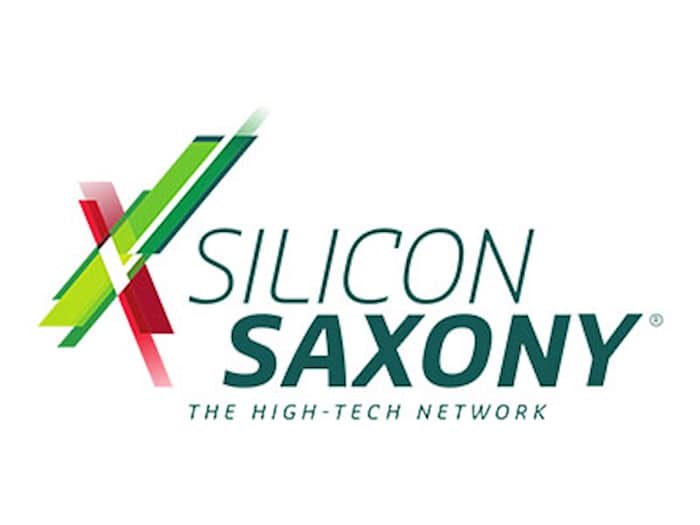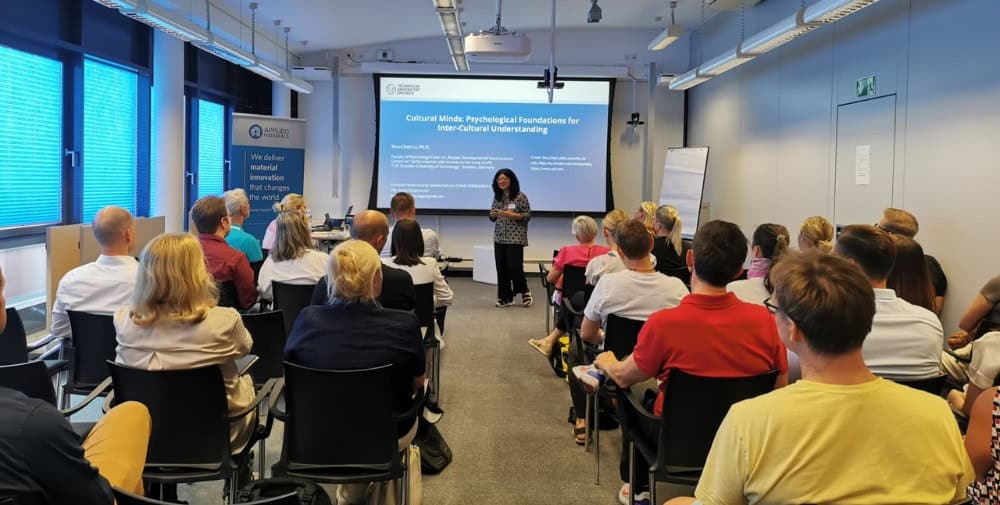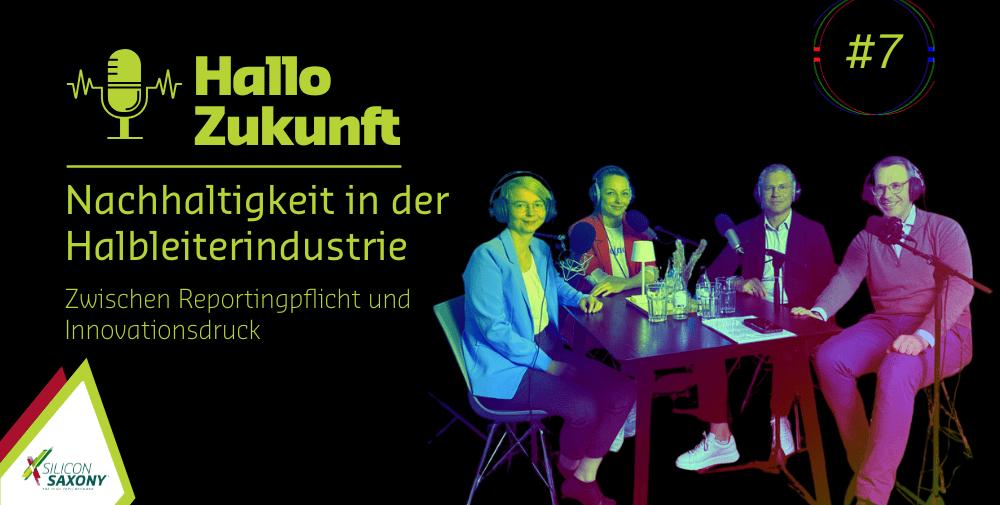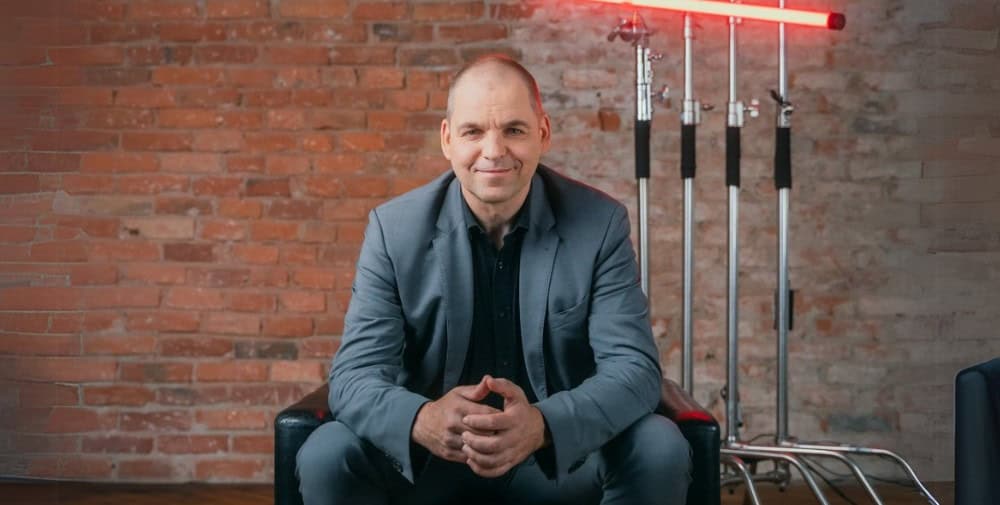
265.000 Beschäftigte. 40.4 billion euros turnover last year. 25 percent market share in Europe. An average annual growth rate of 3.9 percent – last year it even grew by 5.1 percent. After the USA (38.8 percent of the global market), Germany (9.9 percent) is the international number two in this sector. Medical technology is a German flagship. MedTech products “Made in Germany” are in high demand worldwide. 68 percent of the equipment, devices, machines and systems produced here are exported to other European countries (37 percent of exports to EU countries, 14 percent to the rest of Europe), North America (20 percent) and Asia (18 percent). There is therefore plenty of music in this innovative field – at least internationally. In 2023 alone, 15,000 patents were registered across Europe. And yet there is a growing feeling that German medical technology is bumping over rough terrain with the handbrake on – especially in its own country. The medical profession in particular has its own view of the sector and sees the financially strapped clinics and care facilities in Germany as a stumbling block for the medtech sector. Due to the weakening medical and healthcare system in Germany as well as constantly increasing bureaucracy, it is becoming increasingly difficult for those who develop and market new MedTech solutions to develop or remain in business.
Weakening healthcare systems are slowing down medical technology
The German Hospital Federation (DKG) expects a record number of hospital insolvencies in 2024. The situation is currently no better for care facilities either. Circumstances that will not leave the MedTech sector untouched. “The framework conditions are not improving, but are becoming increasingly critical. Due to the new European Medical Device Regulation, the amount of bureaucracy has reached an alarming level, causing high costs and tying up urgently needed personnel capacities,” explains Martin Leonhard, Chairman of the Spectaris Medical Technology Association. 93 percent of German medtech companies are small and medium-sized enterprises (SMEs) with fewer than 250 employees. And it is precisely these players that are being crushed by the increasing bureaucracy, high costs and dwindling financial resources of the target market. In particular, the sharp rise in personnel, logistics, raw material and energy prices as well as the high costs of implementing the EU Medical Device Regulation are causing displeasure. However, the competitive situation should not be underestimated either. According to estimates by the Federal Ministry of Health and industry experts, between 450,000 and 500,000 different medical devices are already available in Germany today. New ones are added every year.
A strategy for the MedTech sector and better networking should help
Friendly framework conditions and a MedTech Strategy 2030 have been called for for some time now. On a scale of 0 (very poor) to 10 (very good), national MedTech companies rated the innovation climate for medical technology in Germany in 2023 at an average of just 3.5. This is the lowest score since this index was compiled in 2012 and highlights the dramatic nature of the challenges facing the SME-dominated MedTech sector in Germany. If you look at the trends in the industry, it quickly becomes clear that innovations often take place in the same areas. It is about the ongoing miniaturization of products (such as pacemakers and monitoring and analysis devices for non-clinical use), molecularization in the field of biotechnology, digitalization, big data, artificial intelligence, e-health and the big dream of telemedicine – and now it is also becoming interesting for the Silicon Saxony industries. The latter areas in particular offer excellent opportunities for inter-industry cooperation and thus rapid breakthroughs. After all, what is currently urgently needed and therefore being developed or researched in the field of medical technology was already the focus of attention in other industrial sectors a few years ago.
MedTech conference in Dresden reveals potential for collaboration and exchange
An impression that was also confirmed in Dresden from September 11 to 13 during the “AI & Electronics for Medicine 2024” conference. Here, the MedTech sector was examined in depth. Numerous research institutes from Silicon Saxony were represented at the event location of the Center for Regenerative Therapies Dresden (CRTD) – including TU Dresden, the Else Kröner Fresenius Center for Digital Health (EKFZ), the Helmholtz-Zentrum Dresden-Rossendorf (HZDR) and the Barkhausen Institute. Companies from our network, such as Vodafone, Infineon, NXP, Telekom MMS and ZEISS Digital Innovation, also presented their collaborations, projects, solutions and MedTech approaches here. With SEMECO, a current project in the field, in which Silicon Saxony is also active as a partner, was also presented. Several of the project partners and sub-projects focused on their upcoming developments. The aim is to “increase the pace of innovation for smart medical instruments and implants and revolutionize traditional approval processes with new approaches for system solutions. SEMECO focuses on a novel combination of sensor technology, actuator technology, a sub-area of drive technology, and information processing,” explains the project description on the website of the Federal Ministry of Education and Research.
The SEMECO project addresses the current challenges of the medtech industry
Whether “Real-time network – patient-centered data and communication”, “AI-assisted regulation for medicine and cybersecurity”, “New data transmission technology for computer tomographs”, “Secure & trustworthy system architectures” or “Trustworthy communication” – in different sub-projects, SEMECO is tackling the existing problems in the industry with targeted collaborations. However, this is by no means more than the famous drop in the MedTech ocean. Robust solutions have long been available for topics such as big data, connectivity, digitalization, artificial intelligence, remote access to machines and systems or development times for semiconductor products – whether in the automotive sector (connectivity and latencies for autonomous driving), mechanical and plant engineering (remote access to machines and smart maintenance) or, above all, the ICT and microelectronics industry (development of semiconductor solutions, use of AI, analysis of big data, etc.). Fast and resource-saving adaptations would therefore be possible if an even more efficient cross-industry exchange could be established and existing solutions could be transferred to the medtech sector or at least used in part. Not everything would have to be reinvented if, apart from conferences, there was closer networking with knowledge carriers from other industrial sectors and a corresponding transfer of knowledge.
Silicon Saxony offers itself as a networking partner for the MedTech sector
Shortly after the “AI & Electronics for Medicine 2024” conference ended, the insights gained were discussed at the Silicon Saxony strategy meeting. The aim for the future – also beyond the SEMECO project – is to promote even closer networking between the MedTech sector and the Silicon Saxony industries. Whether in the form of knowledge transfer in the context of working groups, conferences (such as the Silicon Saxony Day) and trade fairs or in the course of direct networking of member companies and institutions with interested MedTech companies – the Silicon Saxony network could significantly accelerate developments and innovations or support German competitors in the international MedTech race with existing solutions.
We also need your support and cooperation for this. Familiarize yourself with the current challenges facing the MedTech scene. Let us know about possible solutions or existing solutions. Get involved in our projects or in our network events.
Last but not least, we recommend the current exhibition “Dr. Zukunft” at the Dresden Kulturpalast. From Tuesday to Thursday (1pm to 6pm), you can experience the current role of medical technology and its challenges as well as current research projects and results from Dresden. Many aha moments are guaranteed here – both for interested laypeople and for technology companies with already established solutions.
Photo: pixabay


